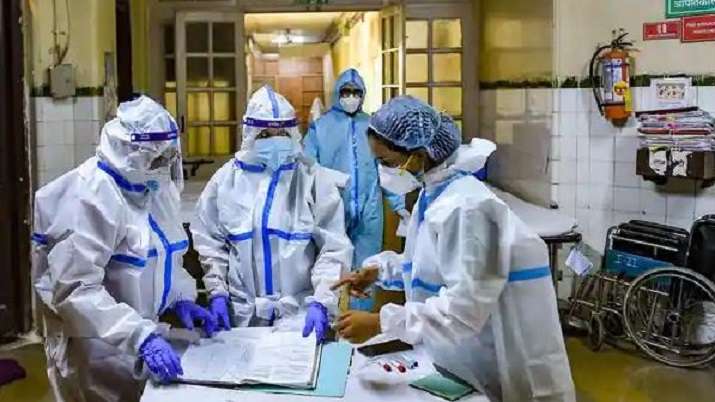India reports 30,549 COVID-19 cases, 422 deaths
New Delhi : India recorded 30,549 new cases of COVID-19 during the past 24 hours pushing the case tally to 3,17,26,507, while the death toll mounted to 4,25,195 with 422 more fatalities, the Union Health Ministry said on Tuesday.
According to the Ministry, the active cases declined from 4,13,718 to 4,04,958.
The past 24 hours saw 38,887 patients recovered from the deadly virus, taking the total recovery count to 3,08,96,354, which is 97.38 per cent of the case tally. The fatality rate stood at 1.34 per cent.
The daily positivity rate was 1.85 per cent, less than 5 per cent for 57 consecutive days.
The highest casualties were reported from Kerala (118), followed by Maharashtra with 90 deaths.
Meanwhile, the Indian Council of Medical Research (ICMR) said that a total of 471,294,789 samples have been tested so far for coronavirus, of which 1,649,295 were tested on Monday.
On Monday, the country had reported 40,134 daily cases and 422 deaths.
Till now, 47,85,44,114 people have been administered COVID-19 vaccines, with 61,09,587 being inoculated against the virus in the past 24 hours.
UNI






